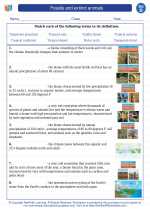Wood
Wood is a natural, organic material that is derived from the stems and branches of trees and shrubs. It is composed mainly of cellulose, hemicellulose, and lignin, which give it its unique properties and characteristics.
Types of Wood
There are two main types of wood: hardwood and softwood. Hardwood comes from deciduous trees, which are trees that shed their leaves annually, while softwood comes from coniferous trees, which typically have needles and cones.
Properties of Wood
Wood has several important properties, including:
- Strength: Wood is known for its strength and is commonly used in construction and furniture making.
- Durability: Some types of wood, such as teak and cedar, are naturally durable and resistant to decay and insect damage.
- Flexibility: Wood can be shaped and bent to create a variety of products and structures.
- Insulation: Wood has natural insulating properties, making it suitable for use in building materials.
Common Uses of Wood
Wood is used in a wide range of applications, including:
- Construction, such as building frames and flooring
- Furniture making, including tables, chairs, and cabinets
- Crafts and artistic creations
- Woodworking and carpentry
- Manufacturing of paper and other wood-based products
Environmental Impact
Wood is a renewable resource, but deforestation and unsustainable logging practices can have negative impacts on the environment. It's important to use wood responsibly and support sustainable forestry practices.
Study Guide
Here are some key points to remember about wood:
- What are the main components of wood?
- What are the differences between hardwood and softwood?
- Name three properties of wood and provide examples of how they are used.
- List at least three common uses of wood in everyday life.
- Explain the environmental impact of using wood and how it can be mitigated.
Understanding the properties and uses of wood is important for appreciating its role in our daily lives and ensuring its sustainable use for future generations.
.◂Science Worksheets and Study Guides Fourth Grade. Fossils and extinct animals

 Worksheet/Answer key
Worksheet/Answer key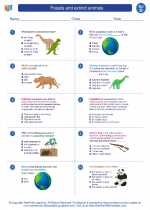
 Worksheet/Answer key
Worksheet/Answer key
 Worksheet/Answer key
Worksheet/Answer key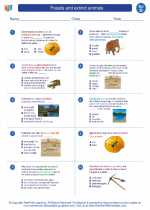
 Vocabulary/Answer key
Vocabulary/Answer key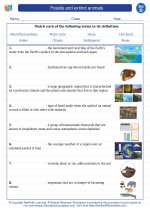
 Vocabulary/Answer key
Vocabulary/Answer key
 Vocabulary/Answer key
Vocabulary/Answer key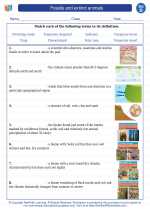
 Vocabulary/Answer key
Vocabulary/Answer key